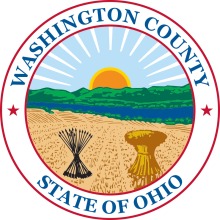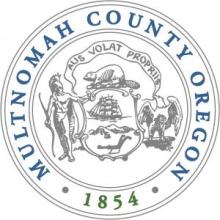Residents in Washington County, Ohio Form Broadband Cooperative
Fed up with poor speeds and no service, a handful of residents in Washington County, Ohio have teamed up to form a broadband cooperative to pursue better connectivity for themselves and their neighbors.
The Southeast Ohio Broadband Cooperative (SEOBC), created last May, is the result of work led by David Brown. “Electric cooperatives worked,” he said of the founding impulse. “Why can’t we do the same thing for broadband?”
After organizing, the first step the group took was to set up a speed test and map to both show how poorly connected many residents of Washington County are, and to plan for the future. That test is still ongoing, and the results are not terribly encouraging so far. Out of 4,662 run, almost 800 premises have no service (17%). Suddenlink and Charter are the only providers returning averages above the FCC’s threshold for basic broadband (25/3 Mbps (Megabits per second)), but together they represent just over 10% of those taking tests — though admittedly this is the result of sample bias, the map shows that outside of Marietta, Lovell, Beverly, Vincent, and the few other concentrated areas there are few providers returning adequate speeds. Subscribers to Frontier, Windstream, and ViaSat across the county see average connections of around 8/2 Mbps (Megabits per second). Those on HughesNet even worse off, at 3/2.5 Mbps.
Asa Boring, a Belpre Township trustee, told the Marietta Times:
We have people in our area who have sort of Internet, but it’s kind of a hit and miss thing. But when you get a mile out of Little Hocking it’s over with, you just don’t get it . . . unless you sign up with Windstream and sometimes it works and sometimes it doesn’t.
Targeted Solutions



